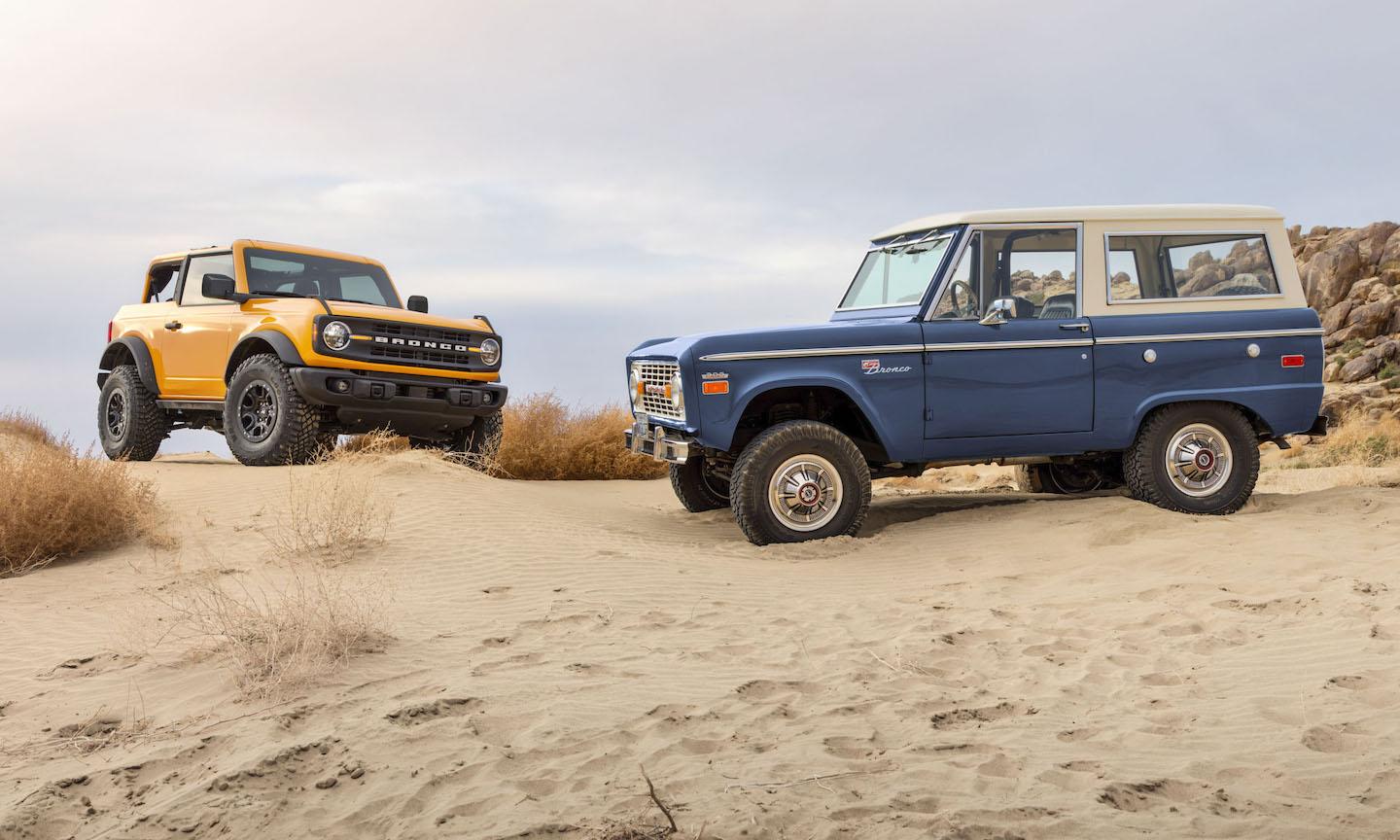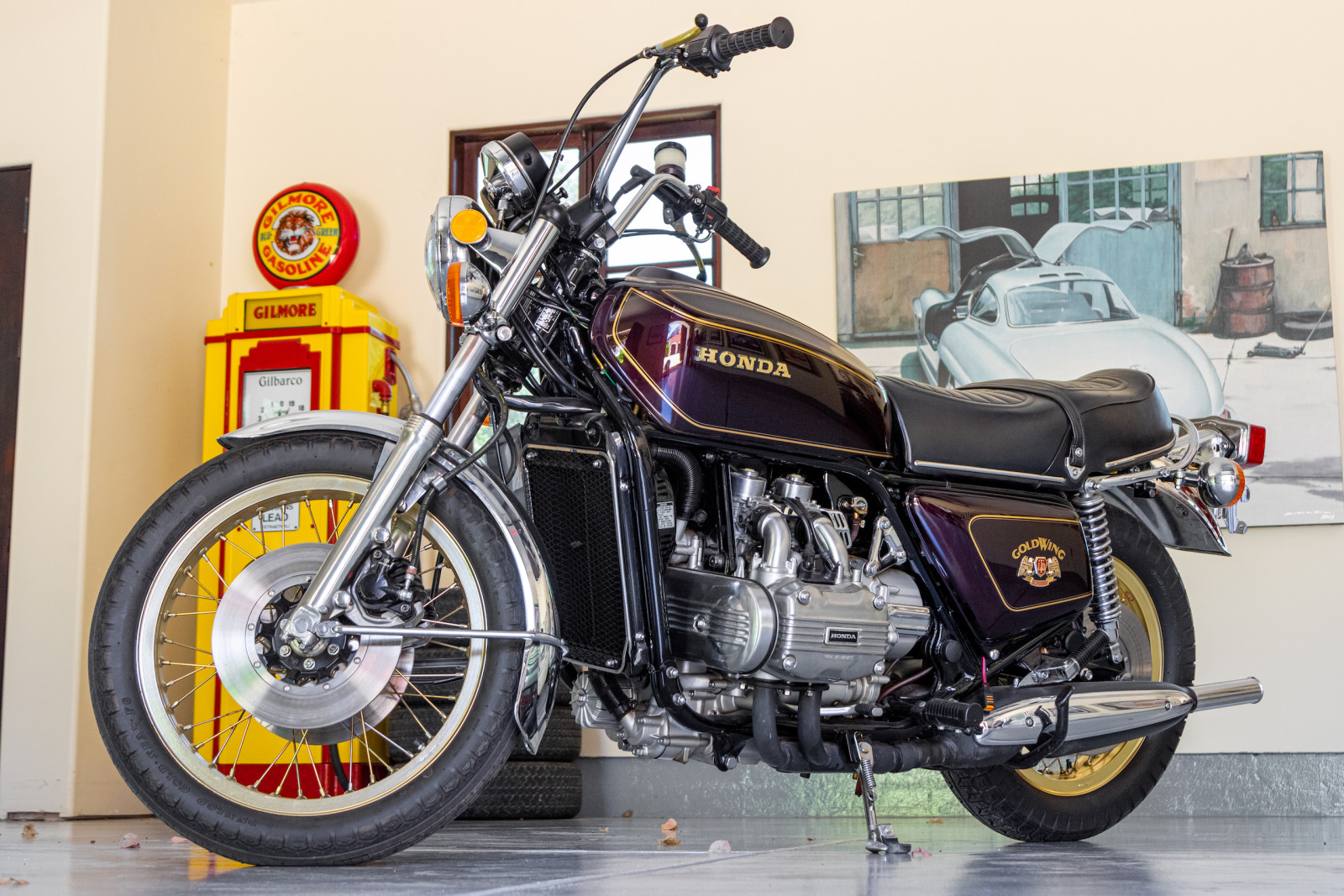The world of the Porsche 911 is wide and varied. At the time of this writing, we’re approaching the 60th anniversary of the model, and the changes that have occurred over that time have been momentous.
When looking at the value of a Porsche 911 though, evolutionary and generational change have something of an inverse relationship when it comes to value. The 996 generation of the Porsche 911—the first water-cooled design—was ground-breaking in more ways than we can list here, but they remain among the most affordable. Performance of any modern Porsche 911 is downright staggering, but after a generation or so, all but the best struggle to match the value of one that originally sold with 14-inch wheels.

What gives? With a production run that has eclipsed numerous other models and some entire marques in the automotive world, the Porsche 911 is built upon a history that simply can’t be ignored, and the continuous improvement of a design that captivates and compels, both mechanically and aesthetically.
Why is the Porsche 911 called the 911?
To fully understand the Porsche 911, one must look back to the early 1960s, when the company was busy developing what would become the successor to the iconic—and now incredibly valuable—356.
In November of 1963, what would become the Porsche 911 was displayed at the Frankfurt Motor Show (IAA), except at that stage, it wasn’t called the 911. The first designation applied to the Porsche 911 was actually 901, a name that would not last long. During October of 1964, the 901 was displayed at the Paris Auto Salon, and Peugeot took notice. Beginning in the 1920s and continuing now, Peugeot has used three- to four-digit model identifiers, which always have a zero in the middle.
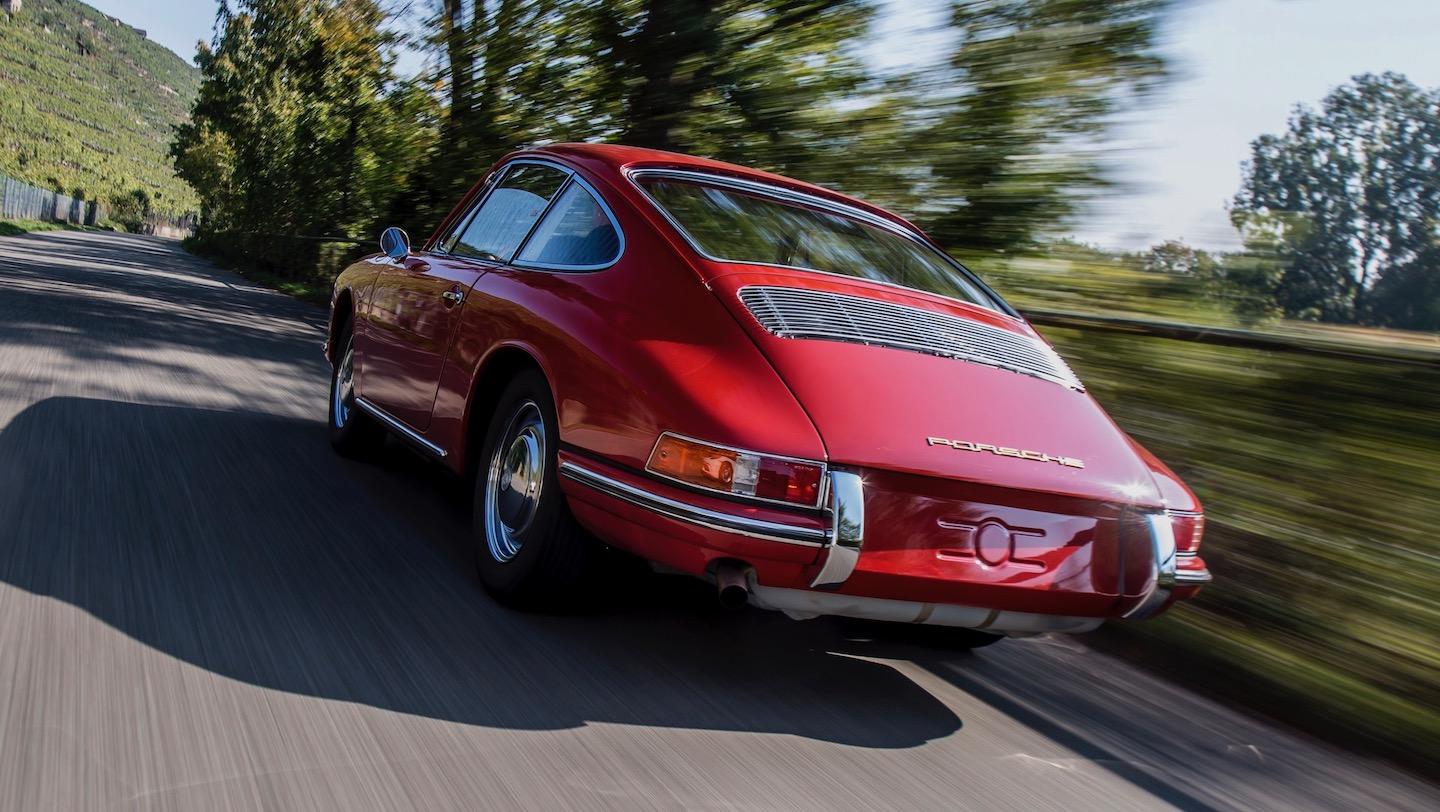
The French carmaker objected to Porsche’s use of 901, and in response, Porsche adopted the 911 designated, which remains to this today. At the same time, Porsche also rebranded some of its more purpose-built models, from 904 and 906 to Carrera GTS and Carrera 6.
From mid-September to mid-November of 1964, Porsche produced 82 units of the 901. Which Porsche 911 holds its value? Any 901 is a good start. Back in 2014, a pre-911 Porsche 901 was found in a barn, and subsequently purchased and fully restored by Porsche with no expense spared.
When was the first Porsche 911 made?
Answering the question, “when was the first Porsche 911 made?” can be a bit tricky. Are we talking about the model as a whole, and thus including the 901? Or are we instead focusing exclusively on the 911, and not those 82 early cars mentioned in the section above?
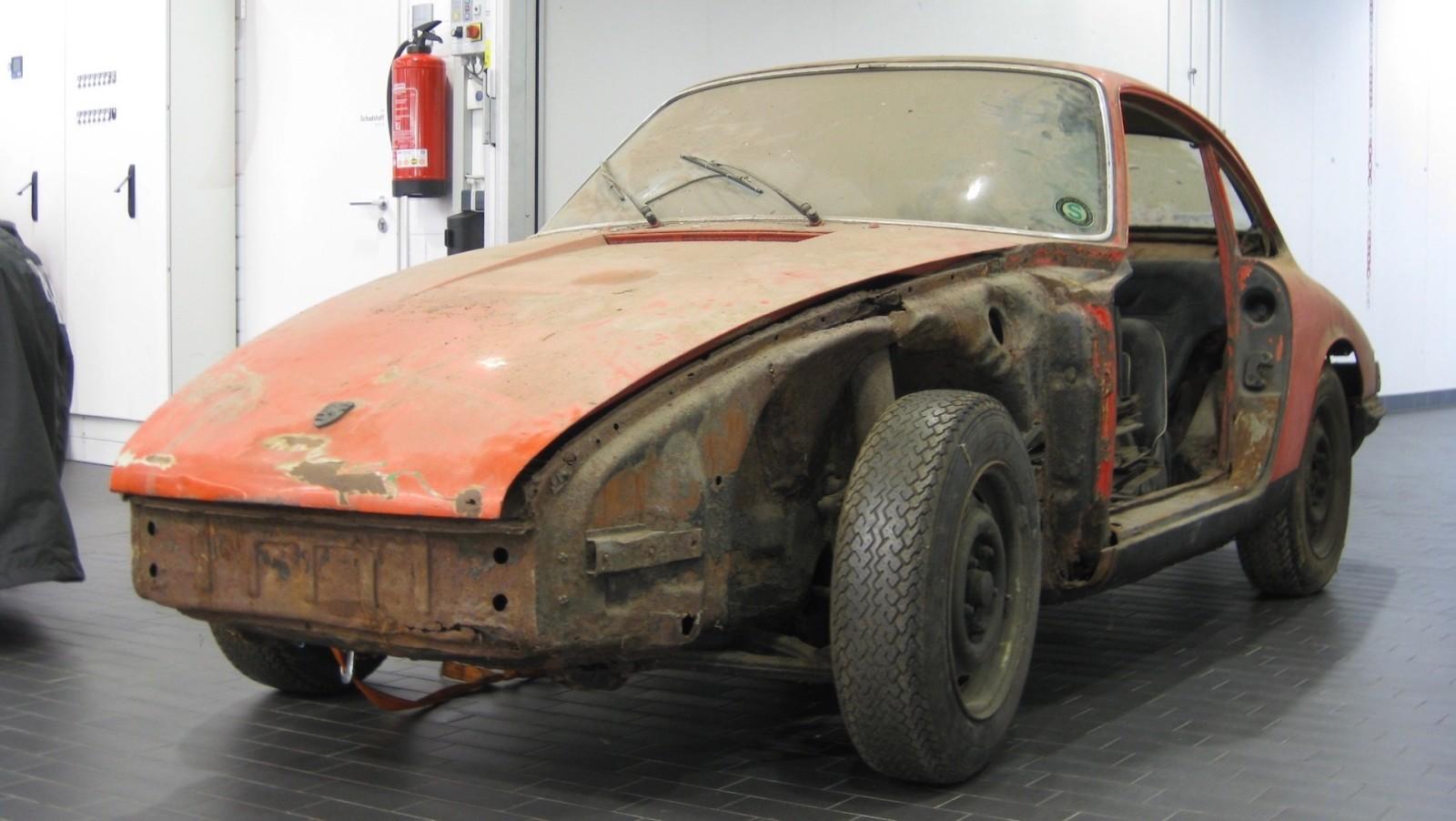
There are two answers. The first Porsche 911 made (a 901) was produced during September of 1964. The first Porsche 911 (bearing the designation 911) was made later the same year, in November, after Porsche changed the name.

Where is the engine in a Porsche 911?
This one might seem obvious, but bear with us. Since the introduction of the Boxster and subsequent hardtop Cayman a few generations back, the line has been blurred. But while the Boxster and Cayman—now sold with the prefix 718—are most certainly mid-engine cars, the 911 is distinct in that its engine sits behind the rear axle.
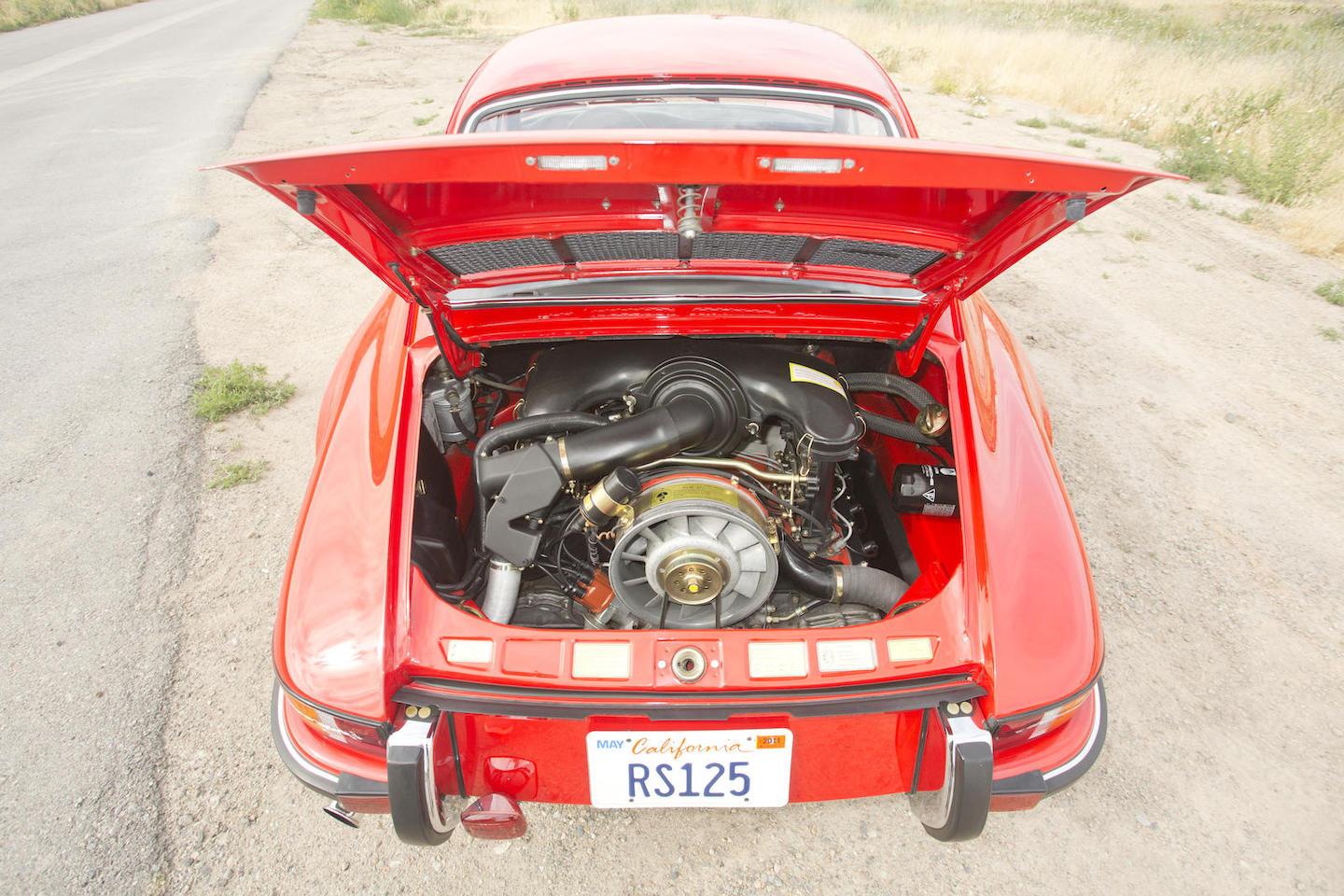
Even though some call it a fundamentally flawed design, the Porsche 911 has stuck with its rear-engine layout from its inception, and nearly 60 years have only yielded continuous improvement. Where is the engine in a Porsche 911? In the back—all the way.
Is a Porsche 911 a good investment?
The term investment in the collector and enthusiast car world has a rather analogous connotation, with some preferring to drive their cars as opposed to locking them away for an eventual appreciation that may never come. With the Porsche 911 though, the terms are a lot clearer, because there are numerous examples of well used and enjoyed cars that are worth far more than the long-term owner paid.
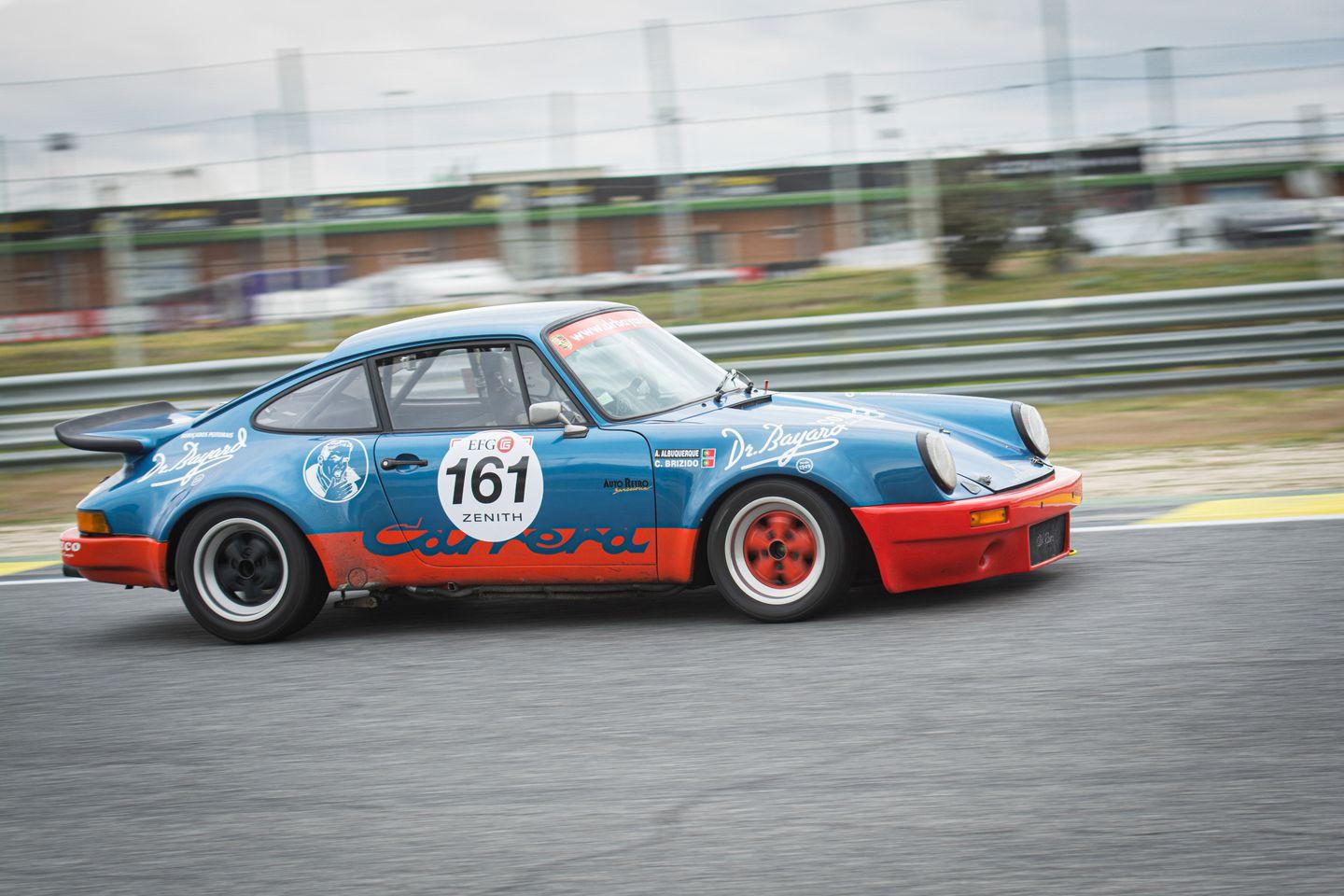
New car depreciation will always exist, but is a Porsche 911 a good investment? The market seems to think so, whether we’re talking about 1973 911 2.7 RS, or a 2020 911 Carrera. Even if one will almost certainly always be worth more than the other, it depends on what you’re looking for. A new Porsche 911 is one of the best enthusiast cars to buy from a variety of measures, and the story is still being written on just how valuable some of the classic models can become. Either way, you can’t really go wrong.
Which Porsche 911 Holds its value?
In terms of outright value, as we alluded to above, there are a handful of Porsche 911 models that occupy a league of their own.

Porsche 911 GT1
During the second half of the 1990s, the Porsche 911 GT1 found remarkable success in FIA GT1 and Le mans GT1 class motorsport competition. The 911 GT1 won the 24 Hours of Le Mans outright in 1998, and it did so with no more than half of the cylinders BMW would use to do it the following year.

GT1 homologation regs stipulated that at least 25 road-going units of the competing race cars had to be produced. Porsche complied, building approximately the required amount of 911 GT1 street cars during the late 1990s. Today, there’s no other 911 more valuable. The most recent example sold for $5,665,000 with Gooding & Company back in 2017. There isn’t much data to go on, but the next most recent comparable sale (911 GT1 Evolution) occurred with RM Sotheby’s in 2016 for €2,772,000. Looking back a bit further, a Strassenversion sold for $1,175,000 in 2012.
Can’t afford a 911 GT1? Not to worry. The next closest thing to the road-going Strassenversion is actually the 996-generation Porsche 911 Turbo. These cars use a 3.6-liter turbocharged flat-six derived from the 3.2-liter unit of the GT1. Even better is the fact that the 996 Turbo is rather affordable (comparatively speaking) and has been known to reach high mileage with proper care.
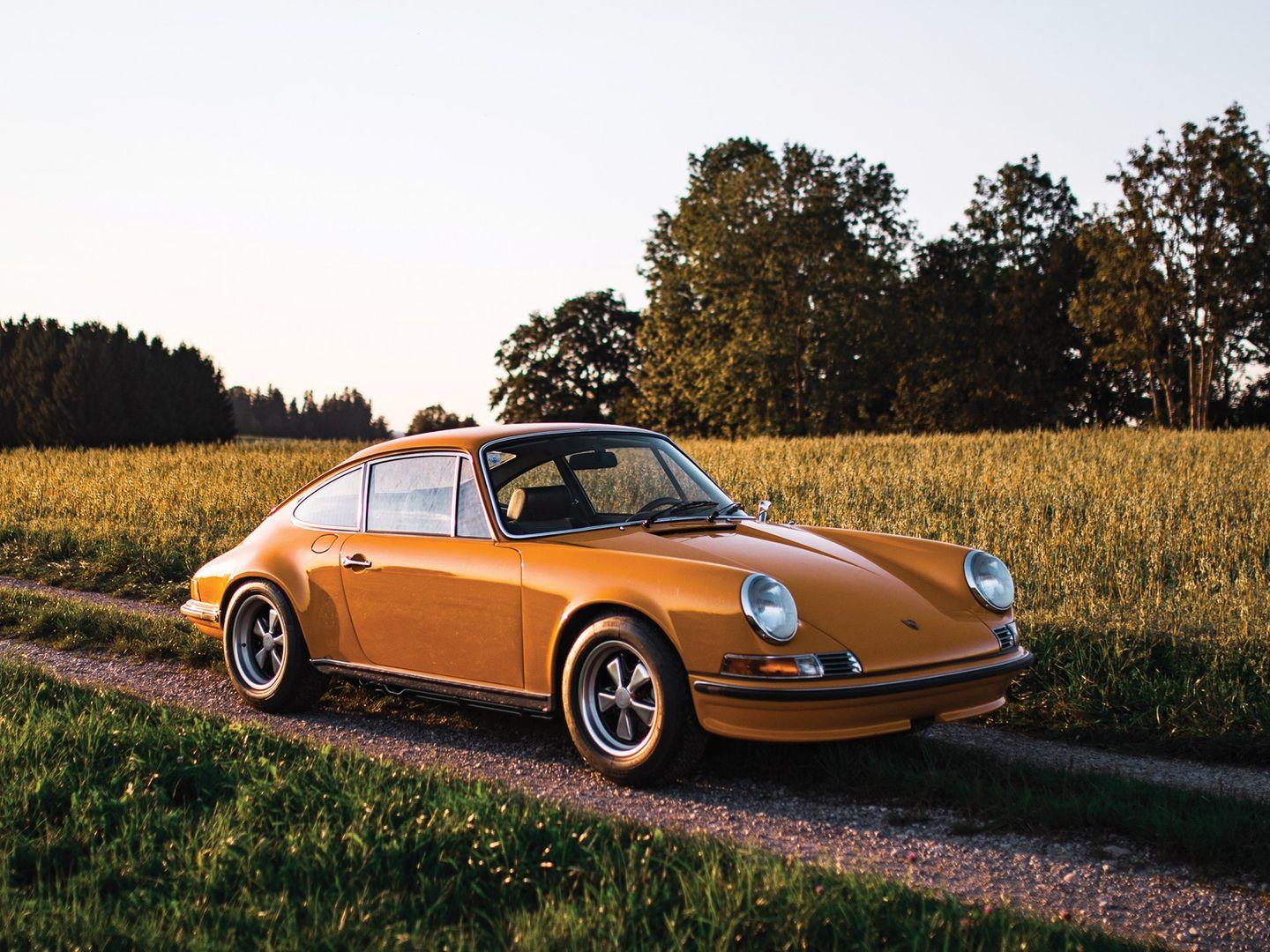
Porsche 911 Carrera RS 2.7, 3.0, and Lightweight
Any early, unrestored Porsche 911 in decent condition is worth its salt. The pinnacle of performance for this era, however, arrived in 1973 and 1974. First with the Carrera 2.7 RS, and then with the 3.0 RS. The letters RS stand for Rennsport in Porsche vernacular, a designation given to only the most focused of 911 models—the next level up these days are the Cup and RSR models, which are essentially race cars.

The top of the market for the 1973 and 1974 Porsche 911 RS is made up of some incredible cars. In 2016, Gooding oversaw the sale of a 1974 Porsche 911 Carrera 3.0 IROC RSR which fetched $2,310,000. Looking further back, in 2014, a 1973 911 Carrera 2.7 RS Lightweight sold for $1,402,500. More recently, a ’73 RSH 2.7 (another special, rare model) found a new owner to the tune of $1,380,00. Later the same year, a 1973 911 RS 2.7 prototype went for $1,325,000.
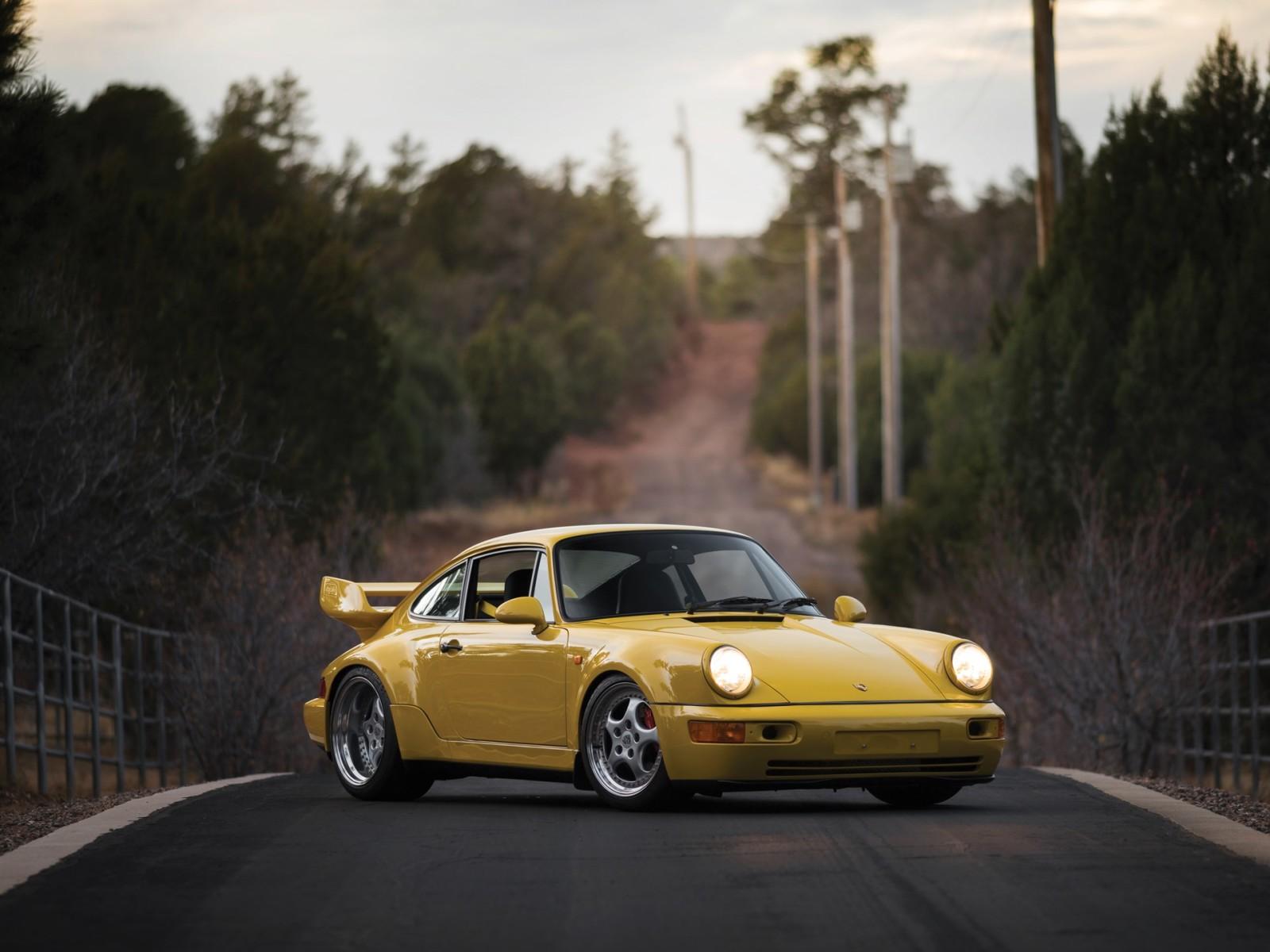
Porsche 911 964-generation RS 3.8, RSR 3.8
Continuing with the RS theme, the 964, which represents the beginning of the end of the air-cooled era, carried the lineage forward. Today, a 964 RS, including a U.S.-only RS America, is worth a substantial sum. Although the 993 gets much of the attention, especially with its turbocharged variants, the 964 3.8 RS and 3.8 RSR are a high-water mark for naturally-aspirated air-cooled performance.
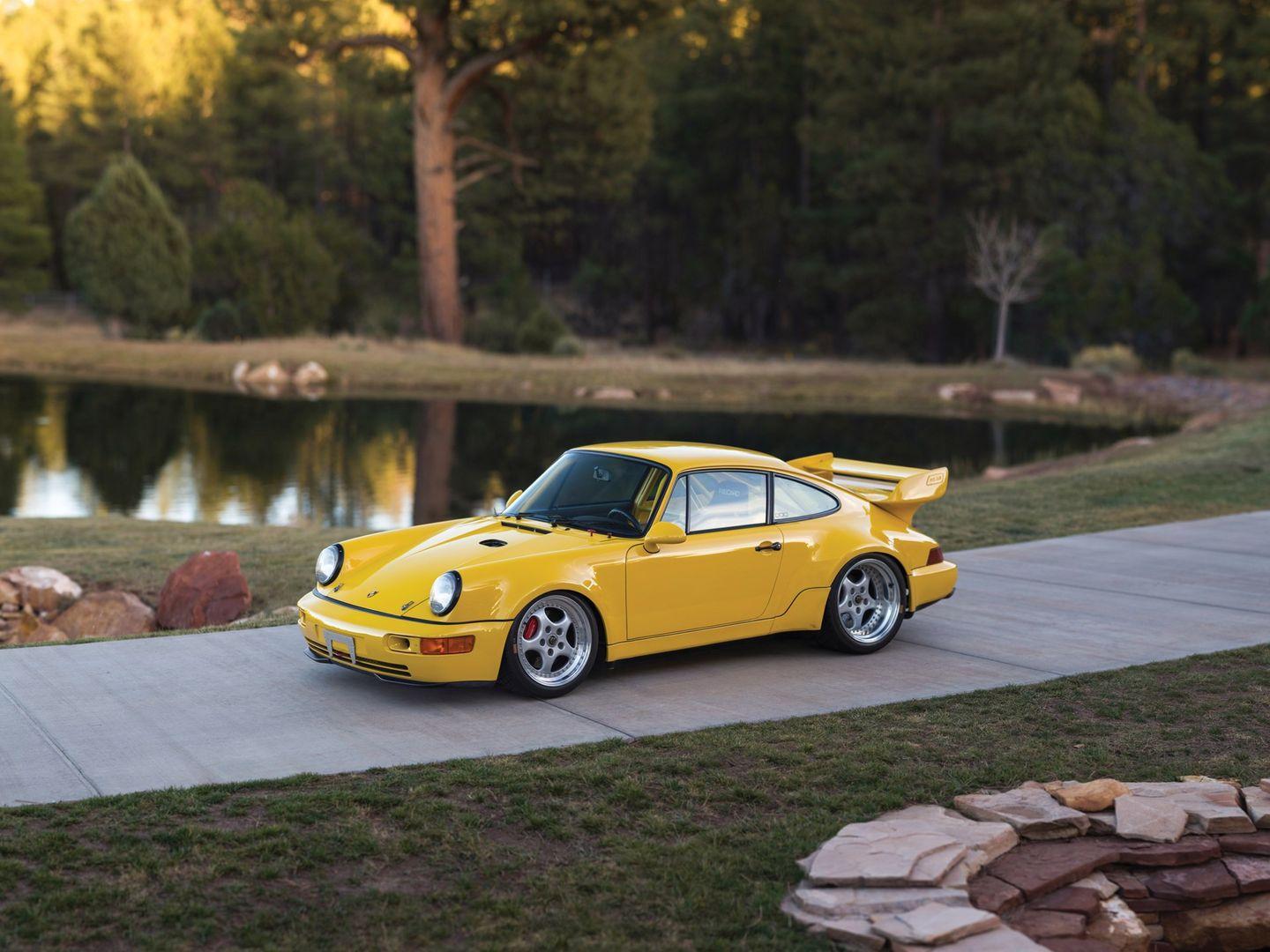
Over the last two years, no Porsche 911 Carrera RS 3.8 has sold for less than the equivalent of $1,000,000. The most recent sale was last August in Monterey, where Gooding oversaw the sale of a Guard’s Red example that went for $1,710,000. The year before, a Speed Yellow one fetched $1,655,000. The RSR 3.8 market is a bit different, with fewer data points to go on. Nevertheless, one sold for €2,016,000 in 2017. In 2018, a Ferrari Yellow Paint-to-Sample RSR 3.8 hammered for $1,270,000 including buyer’s premium.
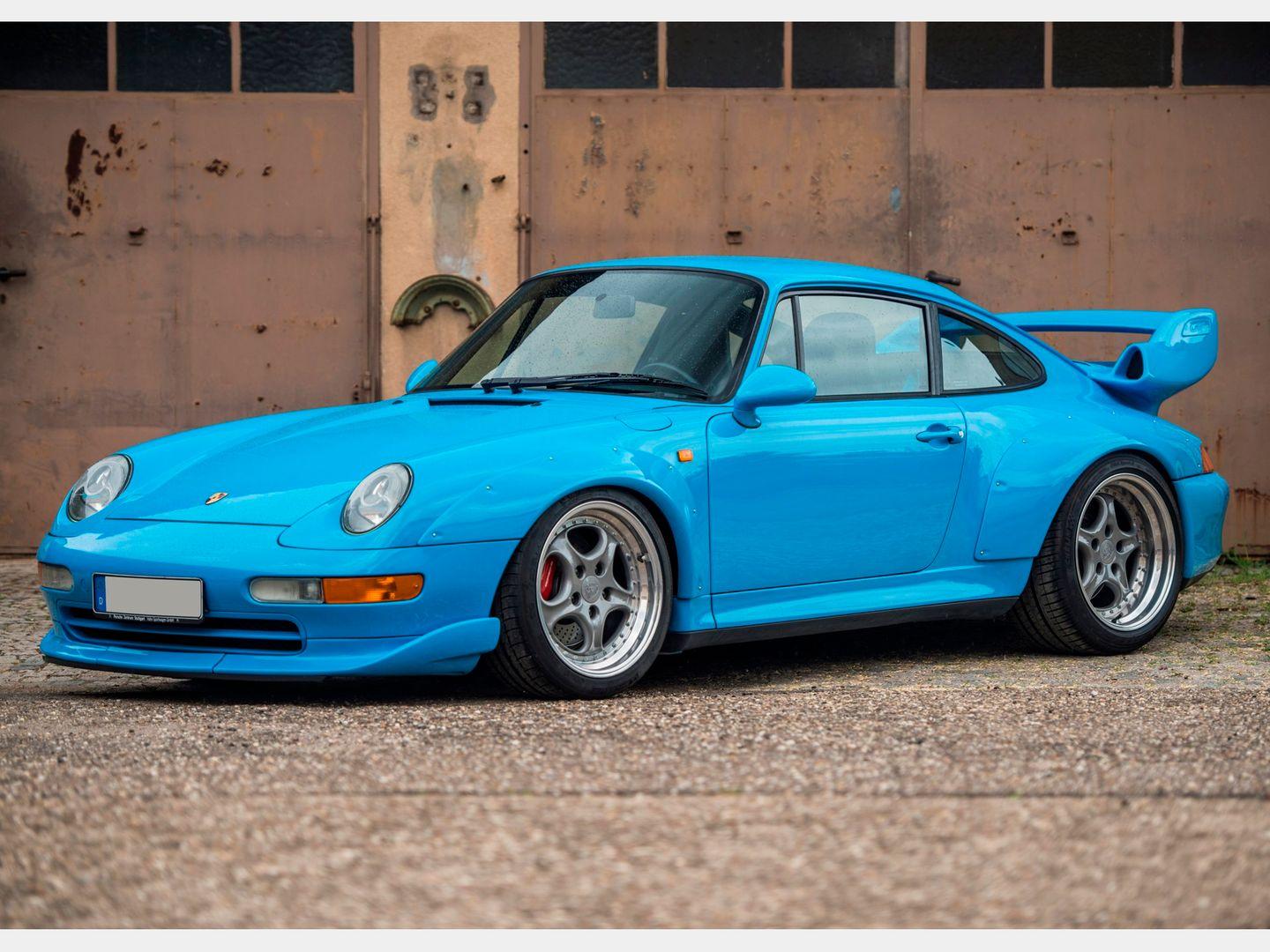
Porsche 911 993-generation GT2, Turbo Cabriolet
It goes without saying; the 933 was the last air-cooled generation of the 911. Today, a well-kept 993 of any specification is worth a healthy sum. That which represent what could perhaps be the magnum opus of turbocharged air-cooled Porsche performance capability, and perhaps air-cooled Porsche performance as a whole, however, is the GT2. In terms of value, the 993 Turbo Cabriolet is another strong contender.
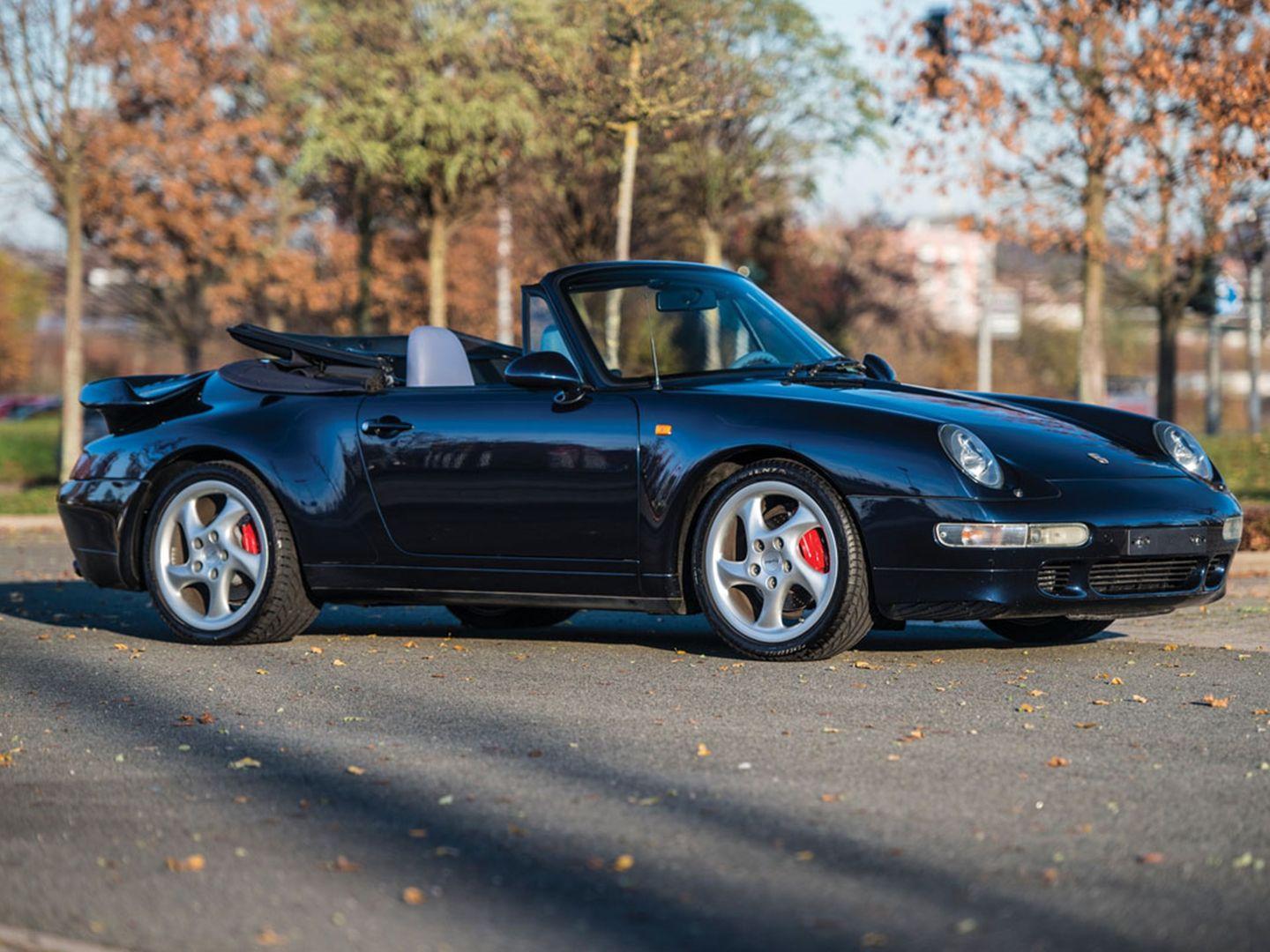
During RM Sotheby’s 2016 London sale, a 1995 Porsche 911 GT2 met a hammer price (including premiums) of £1,848,000. In 2018, a 1996 911 GT2 was sold for $1,485,000 at Gooding’s Amelia Island auction event, and the year before a 993 GT2 Evo sold for $1,450,000 at Mecum’s Indy sale. Back in 2018, a 1995 911 Turbo Cabriolet sold for €680,000; the year prior, one from the same model year sold at the same venue (Paris) for €1,344,000.

Porsche 911 997-generation GT3 RS 4.0
Out list of Porsche 911 models that hold their value would be remiss without mention of the 997 GT3 RS 4.0. Although the RS 4.0 has been surpassed in terms of performance by succeeding GT3 and GT3 RS models, it remains one of the best 911s ever made. The undeniable pinnacle of the naturally aspirated 997, the RS 4.0 uses an RSR crankshaft to achieve its increased displacement. Nearly 500 horsepower and a curb weight around 3,000 pounds is a winning combination, and to cap it off, Porsche built only 600 of them.
The 997 GT3 RS 4.0 is among the most coveted of modern Porsche models. Although it’s been superseded by a new generation of Porsche GT3 models, the dimensions of the 997 were just right. The top sale for an RS 4.0 occurred in 2017, when Gooding oversaw the sale of one for $748,000. Within the last year, two have sold for more than $600,000; one in Monterey last year for $665,000, and another this year for $621,000. All for a 911 with a base MSRP of $185,000 in 2011.

What is the best Porsche 911 model?
The newest, but that’s not why you’re reading this. The current Porsche 911, even a lowly base model Carrera, can outperform the 911s of yesterday and yesteryear (including many of the performance-oriented and turbocharged models) by leaps and bounds. As we explained above, few cars have stuck to a simple, unchanging formula as long as the 911, and today, there are new models for sale at your local dealership.
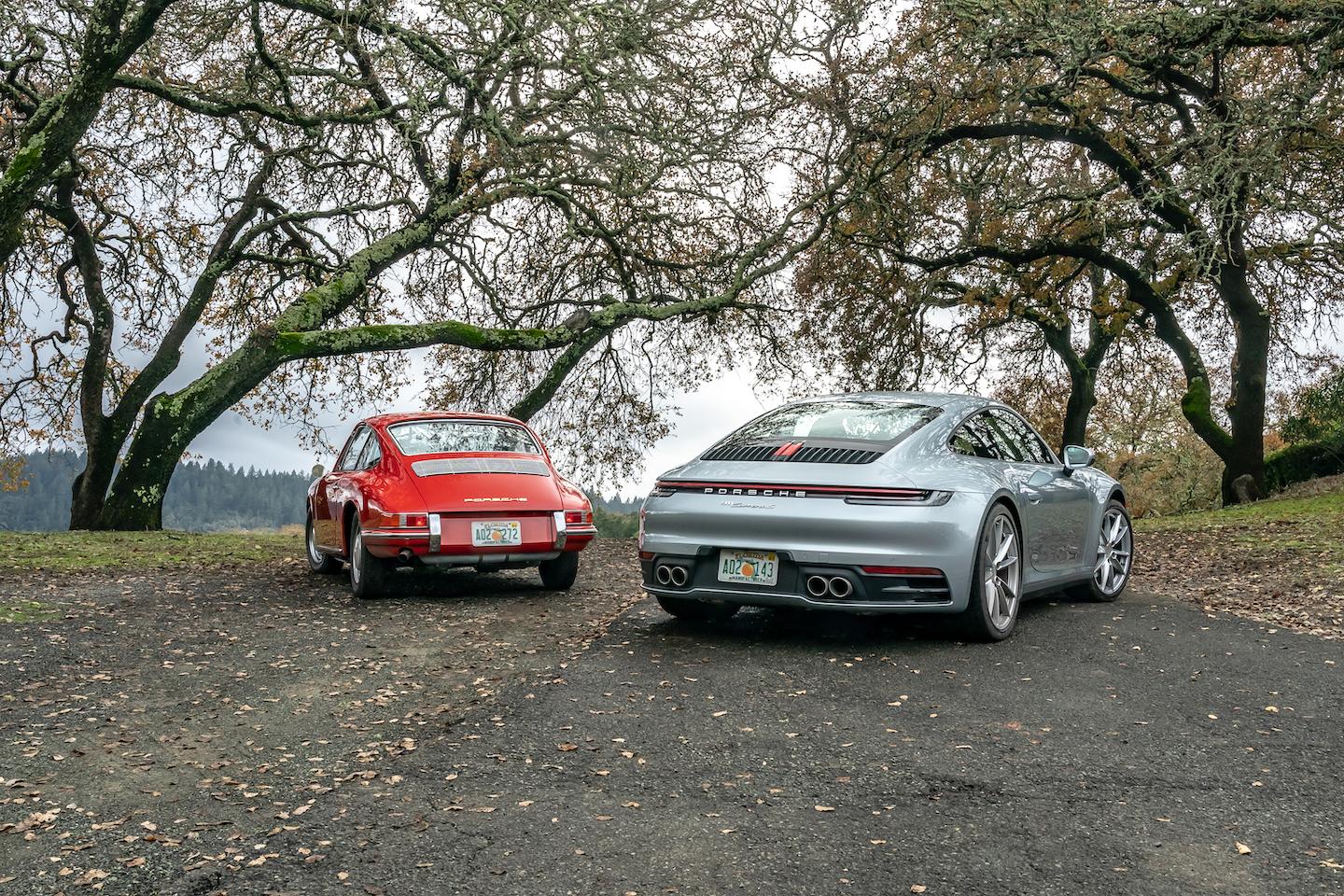
Trying to determine the “best” of anything is entirely subjective, but there are a few Porsche 911 models that have clearly distinguished themselves from the rest of the pack. Nevertheless, if you find yourself asking what the best Porsche 911 model is, rest assured it’s going to be the one you enjoy owning the most—air-cooled or not. If you want to get specific, a modern 911 GTS is about as good as it gets for the money, but we’re also huge fans of the 911 Carrera T.
Photos courtesy Bonhams, Mecum Auction, Porsche Cars North American, RM Sotheby's.

